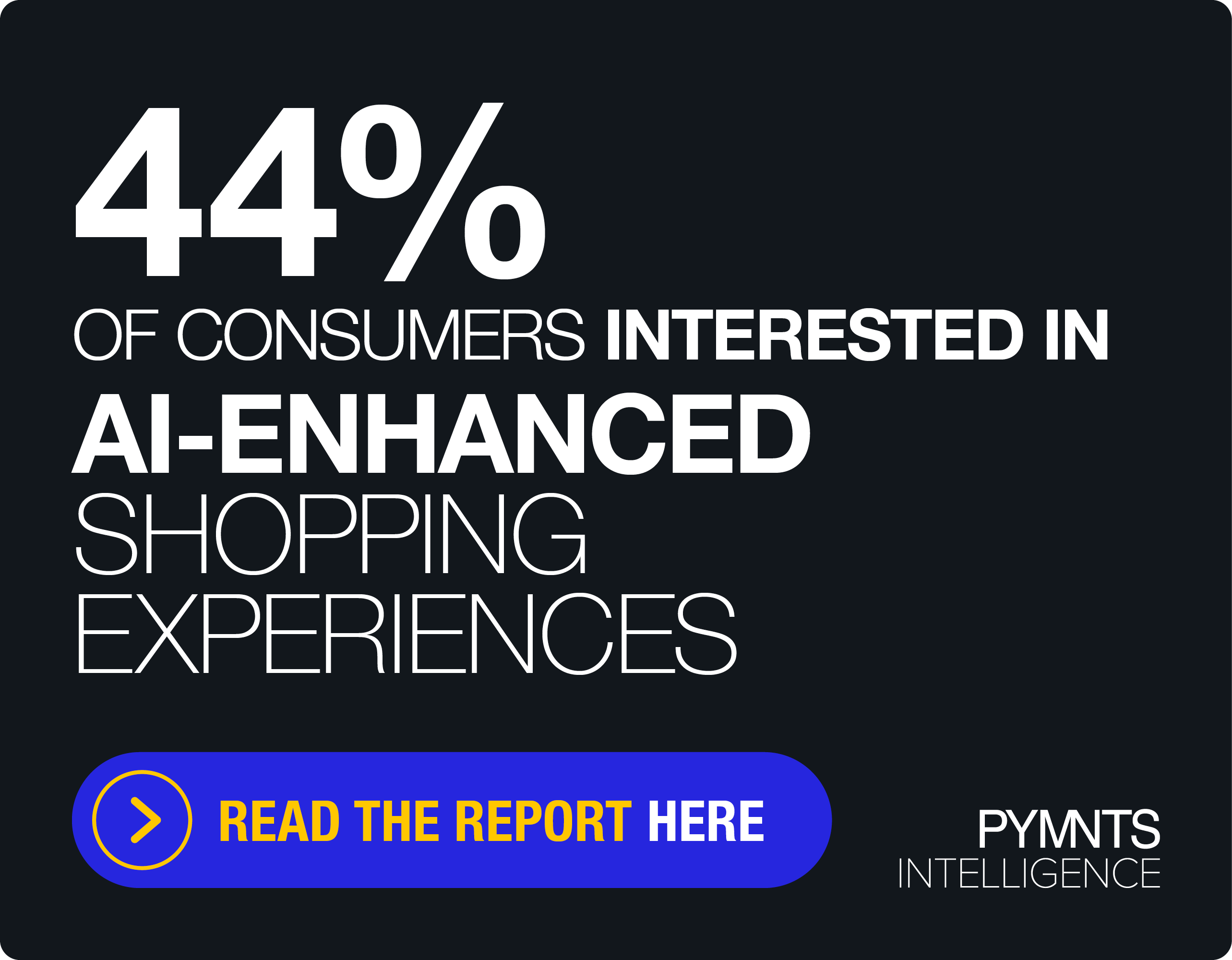Everyone’s a Critic: 49M Consumers Recently Posted Online Restaurant Reviews

Word of mouth has always played a key role in helping restaurants build their brands. Social media and the internet — rather than making it obsolete — have made it all the more important. Consumers do not need to rely on friends and neighbors as they did in the past. Digital platforms such as Yelp, Open Table, Instagram and Google have made it easier than ever for diners to tell others about their dining experiences. In the modern economy, every diner has the power to become a restaurant brand ambassador.
These digital brand ambassadors’ words carry a great deal of sway. PYMNTS’ latest research shows that nearly half of restaurant-goers were more likely to order from restaurants after reading positive online reviews. In contrast, 29% were less likely to order from restaurants after viewing negative reviews. Because of this, generating online reviews should be a central part of any modern restaurant’s branding and customer engagement strategies. The data also reveals that not all review platforms have an equal impact — and the ramifications could be critical, depending on which dining populations restaurants want to entice.
“Connected Dining: Word of Mouth in the Digital Age” details the importance of keeping a strong digital presence in the restaurant business. We surveyed a census-balanced 2,281 consumers from May 5 to May 11 to learn how they use digital platforms and other tools to guide their restaurant journeys. This edition delves into how restaurants can leverage social media, search engines and other forms of word of mouth to build their brands in the digital economy.
This is what we learned.
Restaurants need good reputations, positive online reviews and social media endorsements to win customers — particularly those in their prime earning years.
Word of mouth is no less important in the digital age than before: The difference now is that consumers can find that information online. Forty-six percent of restaurant-goers, representing 79 million consumers, say that positive online reviews made them more likely to dine with those restaurants. Twenty-nine percent of diners reported being very or extremely likely to decrease their visits to a restaurant after seeing negative reviews online. This underscores how important it is for restaurants to maintain a strong online presence — especially by encouraging customers to write positive reviews.
Thirty-nine percent of diners say they would be very or extremely likely to leave positive reviews for a restaurant after having a positive dining experience. Poor restaurant experiences make 22% of diners very or extremely likely to post a negative review afterward.
Millennials and bridge millennials are more likely than average to be influenced by online reviews and more likely to post reviews than consumers in other generations. Fifty-seven percent of millennials, or 28 million consumers, and 58% of bridge millennials, or 18.9 million consumers, say they consider reviews in their choice of where to dine and what to order. Meanwhile, PYMNTS proprietary data shows that 74% of millennials and 71% of bridge millennials say they are very or extremely likely to leave positive or negative reviews to reflect their dining experience. Because of this, restaurants must deliver experiences that encourage digitally savvy diners to post favorable online reviews.
Gen Z consumers tend to get restaurant information from influencers, whereas millennials often source information directly from restaurants.
Although different demographics seemed to have internalized their own ways of finding restaurant information, the internet is fairly universal. Fifty-seven percent of all consumers report using the internet to search for restaurant reviews — more than engage in any other type of dining-related activity online. Fifty percent report looking at advertisements for special offers online, and 37% look at content shown on restaurants’ social media pages. That said, social media is key to picking up the youngest consumers. Gen Z is particularly likely to rely on content creators and influencers for restaurant information, leading all generations for each.
As consumers in their prime earning years, millennials are especially important to restaurants. As it so happens, reviews are especially important to millennials. Sixty-one percent of millennials searched for restaurant reviews online in the month leading up to our survey, exceeding the 57% average among all surveyed consumers. Bridge millennials come in second, with 58% searching for restaurant reviews online in that time.
Beyond reviews, millennials and bridge millennials tend to directly focus on restaurants’ official accounts or people they follow, at 46% and 42%, respectively. This trend signals that restaurants can build their brands and connect with these consumers by inspiring positive reviews, creating and maintaining an active presence on the social media platforms millennials frequent and connecting with other branded accounts and publications.
Forty-nine million diners posted online about a dining experience in the last month.
Word of mouth spreads fast in the digital age. Nineteen percent of all adult consumers in the United States — a share representing approximately 49 million individuals — posted restaurant reviews on some digital platform in the month leading up to our survey. This engagement means that restaurants have millions of chances every month to win over new reviewers, grow their online presence and build their digital brands.
Millennial diners are the ideal online brand ambassadors, as they are more likely than any other age group to post restaurant reviews. Forty percent posted at least one review in the month leading up to our survey, and 87% of those posters said their review was positive. It seems that positivity is worth sharing, as 83% of all consumers in our sample who recently posted a review relayed a positive experience. Just 9% wrote negative reviews, meaning consumers are nine times as likely to write positive reviews as they are to write negative ones.
Google is consumers’ go-to resource for restaurant reviews and all dining-related information — even above restaurant-focused apps.
Review platforms such as Open Table and Yelp may be designed for consumers to share their dining experiences online, but most consumers go to Google first when it comes to restaurant research. Not only do 56% of consumers report using Google to search for restaurant information in the last 30 days, but 51% consider Google to be the most useful platform for obtaining this information.
Social media platforms also play a crucial role in restaurant information searches. Our research shows that 64% of consumers use at least one social media platform to search for restaurant information. This means that social media could help restaurants reach as many as 157 million customers through Google alone. Thirty-three percent of consumers consider Facebook their top choice, and 21% consider YouTube their top choice.
Consumers of different generational backgrounds also tend to gravitate toward different platforms. Millennials and bridge millennials are most likely to use Google and Facebook to search for restaurant information online, for example. Seventy-six percent of millennials and 74% of bridge millennials sourced their restaurant information via Google in the last 30 days. Similarly, 69% of millennials and bridge millennials sourced their information via Facebook.
On the other hand, Gen Z is more likely to use YouTube, Instagram and TikTok. Among Gen Z consumers, 72% use YouTube, 67% use Instagram and 63% use TikTok.
Conclusion
It is a truism that good food, high-quality service and an overall positive customer experience are important in the restaurant business. But because the internet has made it faster and easier for diners to spread the word, it is now more important than ever. Winning over new customers in this expanding ecosystem of online reviews and social media posts requires that restaurants take a multi-pronged approach to customer engagement. Proactively encouraging customers to leave online reviews while also providing information about special events, offers and other deals they might share will be paramount to restaurants’ future success.
“Connected Dining: Word of Mouth in the Digital Age,” is the most recent installment of PYMNTS’ Connected Dining series. For more, read the previous edition, “Connected Dining: Ready-to-Eat Meals are Eating Restaurants’ Lunch.”

